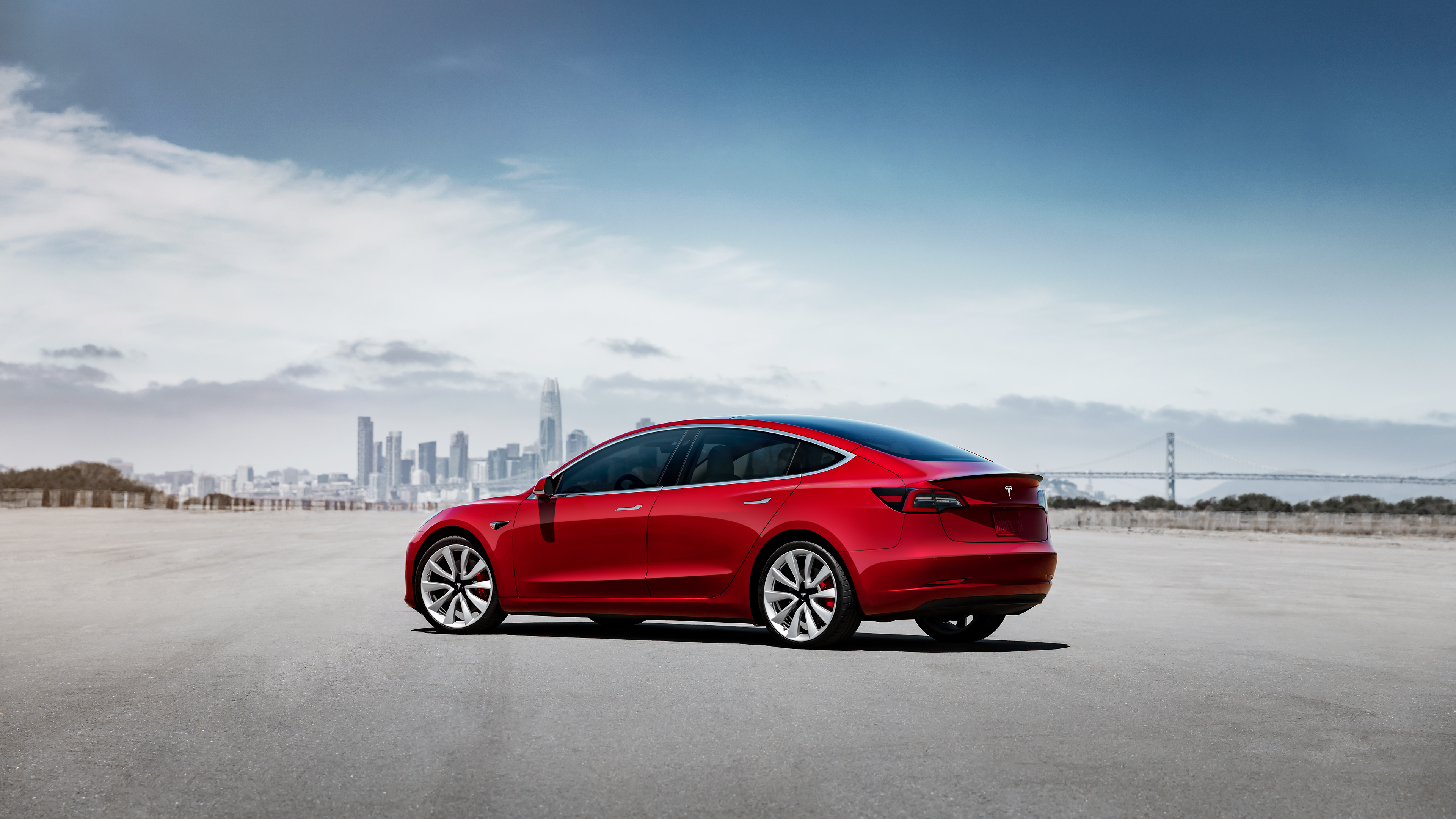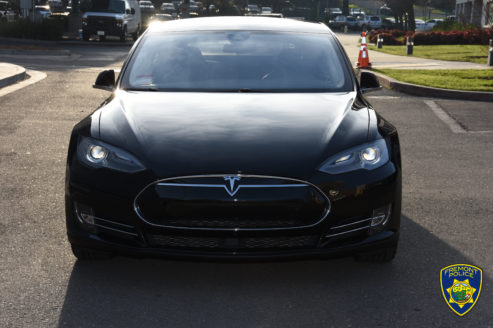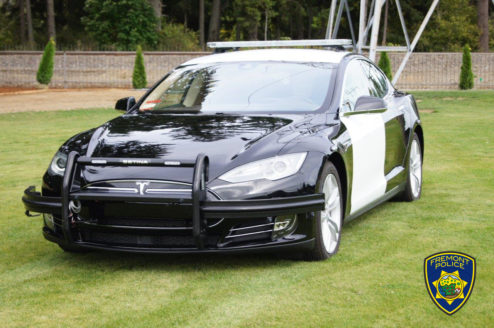The Kelley Blue Book (KBB) 2019 Best Resale Value Award Winners are in, and Tesla’s Model 3 has landed at the top of the electric vehicle category with a projected 69.3% resale value after 36 months and 48.7% after 60 months. Its SUV brethren, the Model X, achieved a worthy status of its own, placing 2nd in the same category at 56.7% (36 months) and 34.3% (60 months). While Tesla’s fleet of vehicles are high-value luxury cars, their ability to retain a large portion of their original selling price as used cars is yet another data point driving their desired position in the consumer market.
The recognition given by the long-trusted consumer automotive resource in its announcement of the award spoke highly of the vehicle’s appeal to buyers, something which played a role in its valuation: “The Tesla Model 3 has a cultural magic and desirability about it that made people willing to wait months and even years to own one. People don’t like Tesla Model 3s — they crave them,” noted KBB in a tweet. This sentiment from KBB as a 92-year veteran in car assessments, of course, adds yet another confirmation of something many Tesla owners and reservation holders already assumed to be true.
The @Tesla #Model3 has a cultural magic and desirability about it that made people willing to wait months and even years to own one — that’s how you hold on to your resale value over time. #KBBBestResaleValue
— Kelley Blue Book (@KelleyBlueBook) January 24, 2019
Thanks to Tesla’s customer-driven design and development process, features such as class-leading range, a vast Supercharging network, over-the-air software updates, great-looking design, and overall technology serving convenient, practical, and entertainment purposes, the company’s two newest vehicles are handily standing out against competitors. In KBB’s overview page detailing the Model 3’s category win, more praise along these lines was offered: “For those who can afford it, the smallest Tesla offers usability, joyful road manners, and an intriguing glimpse of a gasoline-free future.” The vehicle’s 5-star safety rating from the National Highway Traffic and Safety Administration (NHTSA) in every category was also noted as a driving price point in a general overview page about the Model 3.

The annual KBB Best Resale Value Awards compares a variety of vehicle resale metrics over 36 and 60 month time frames and then sorts them into three categories: Best Brand/Luxury Brand (evaluating makers’ overall portfolio), Overall Top Ten Winners (best resale values in all categories), and Category Winners (24 categories covering every class, shape, and price). According to the KBB website detailing the award, the values are calculated based on several factors including vehicle specification and trim levels, sales data, market data, and segment competition, among others. While the general system is meant to provide a fair comparison, certain numbers are worth considering more broadly for a fuller picture of Tesla’s Model 3 and Model X in the market.
Given the chance to compete in categories that would fit outside of an electric vehicle-only comparison, the Model 3 would beat every other sedan by a large margin at the 36-month mark. The Best Mid-Size Car, Subaru Legacy, was given a 51.8% resale value at 36 months and 38.4% at 60 months. As Best Luxury Car, the Audi A7 came in at 47.3% and 32.3%, respectively. Compared to the gasoline-powered winner, Chevy Tahoe, in the Best Full-Size SUV category at 55% and 43%, the Model X would have prevailed at 56.7% and 34.3%.
Perhaps as more legacy auto manufacturers come over to the all-electric side, the categories will become more agnostic about vehicle power sources for awards.





